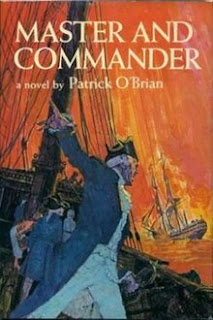Clete is the 18th James Lee Burke novel that we’ve reviewed in the blog, and it’s the 24th book in this series. This is a story about Dave Robicheaux’s best buddy, Clete Purcell. Clete was introduced in Burke’s third novel in this series, Black Cherry Blues, which I reviewed in 2015. Burke won an Edgar Award for that book and I raved about it. Over the course of these novels, while Dave was able to get sober and stay sober, Clete has remained a severe and active alcoholic who occasionally attains brief periods of sobriety. Despite Clete’s frequent relapses, they have remained the best of friends although they are constantly questioning one another’s decisions about their private investigator cases.
In this novel, Clete is fascinated by repeated apparitions of Joan of Arc who he thinks has essentially become his guardian angel while he pursues a nasty fentanyl drug cartel. Those apparitions seem to be obvious aspects of Clete’s hopes and fears. However, it’s not always clear which figures are apparitions and which are alcoholic hallucinations. Clete finds himself infatuated with the very beautiful Clara Bow, the former wife of the main evil guy in the cartel. (In real life, Bow was a movie star from the 1920’s, and she is a person about whom Taylor Swift has been writing lyrics.) There are lots of brutal scenes and much brutal talk throughout the book.
As usual, Burke’s descriptive writing is better than nearly any other author that I’ve reviewed in this genre. However, as Burke has grown older and this series has matured, he has begun writing about the spirit world and the supernatural, a theme that does not really interest me.







